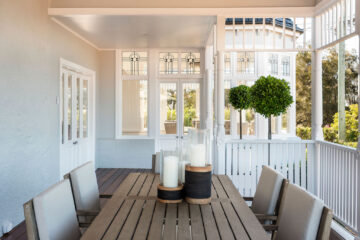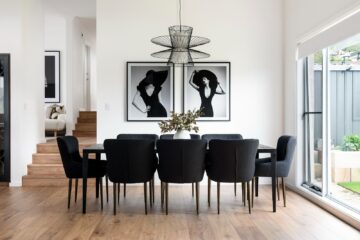In today’s world, where environmental consciousness is on the rise, sustainable living has become a priority for many homeowners. When it comes to interior design, incorporating eco-friendly practices not only helps to reduce our carbon footprint but also creates a healthier and more harmonious living environment. This blog post explores various sustainable interior design ideas that can transform your home into a more eco-friendly space.
1. Choose Natural and Recycled Materials:
Opting for natural and recycled materials is a fundamental aspect of sustainable interior design. Consider using materials such as reclaimed wood, bamboo, cork, or recycled metal for furniture, flooring, and accents. These materials not only add a touch of uniqueness to your home but also help to minimize the demand for new resources.

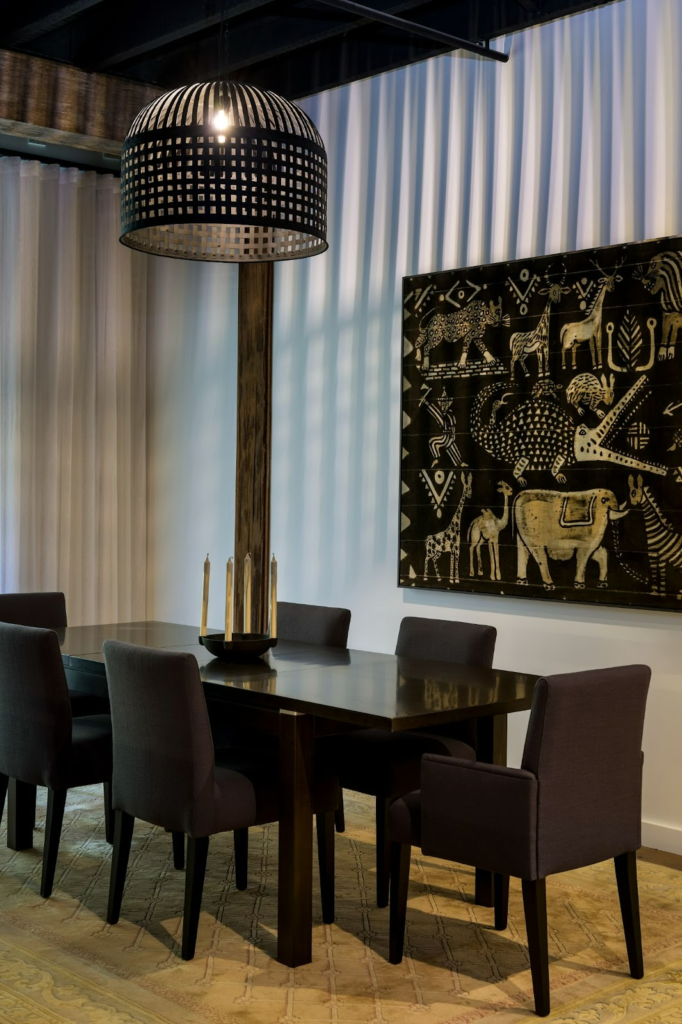
2. Embrace Energy-Efficient Lighting:
Lighting plays a crucial role in interior design, and choosing energy-efficient options can significantly reduce your energy consumption. Replace traditional incandescent bulbs with LED or compact fluorescent bulbs that last longer and consume less electricity. Additionally, maximize natural light by arranging furniture and using sheer curtains to allow sunlight to illuminate your space.


3. Incorporate Indoor Plants:
Integrating indoor plants into your interior design not only adds a refreshing touch of nature but also promotes better air quality. Plants act as natural air purifiers, absorbing carbon dioxide and releasing oxygen. Consider plants like peace lilies, spider plants, or snake plants, which are known for their air-purifying properties. Create green corners or vertical gardens to bring life to your walls and enhance the overall aesthetics.
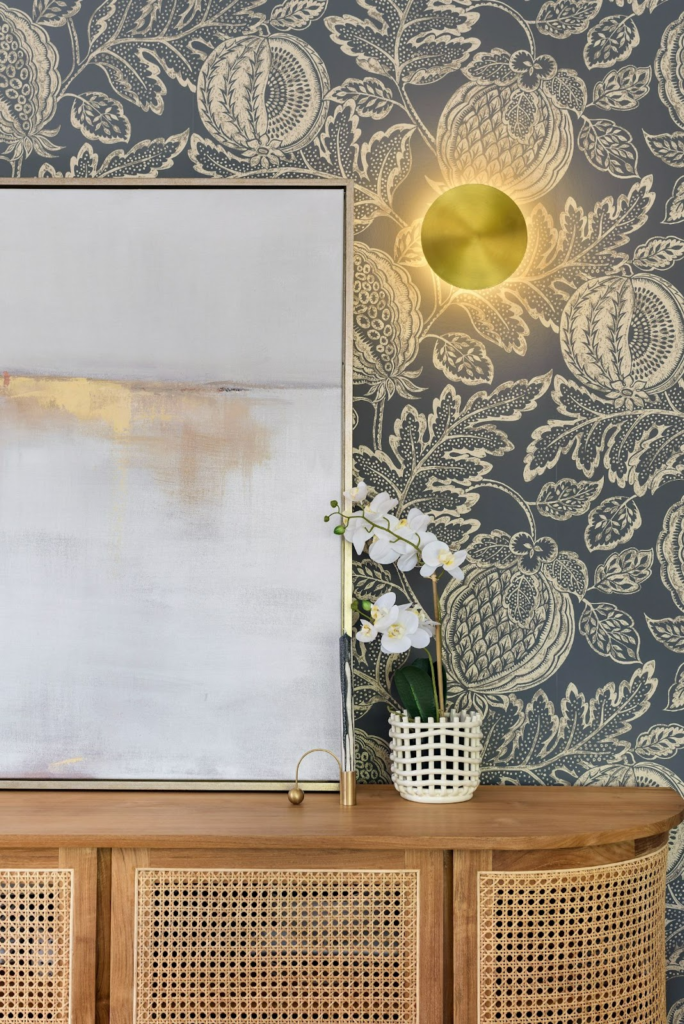
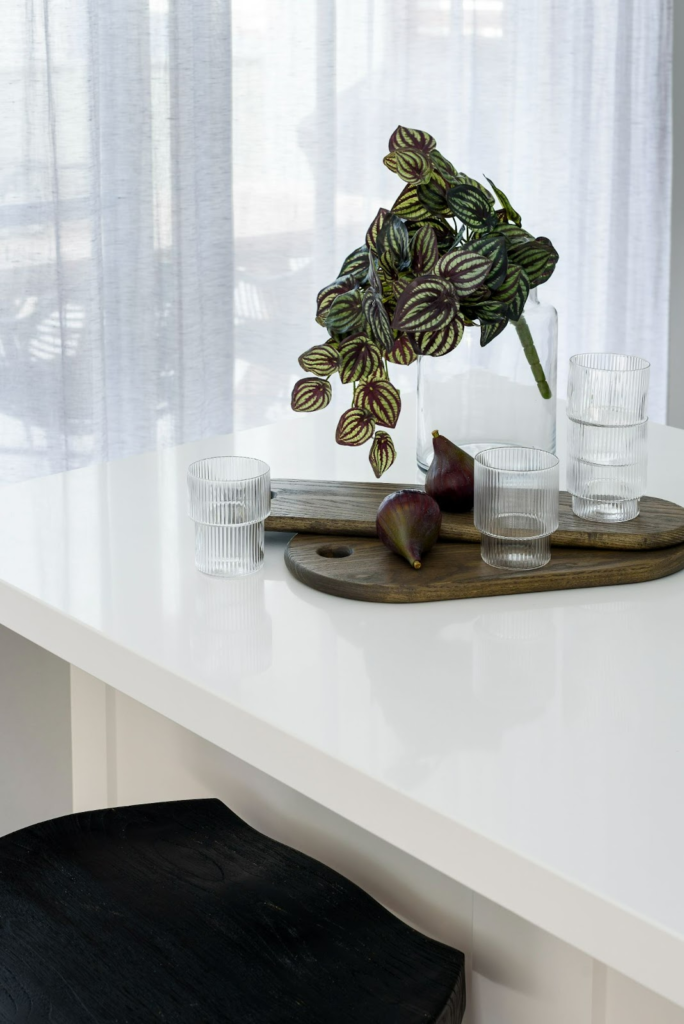
4. Choose Low VOC Paints:
Volatile Organic Compounds (VOCs) found in conventional paints can release harmful chemicals into the air, contributing to indoor air pollution. Opt for low VOC or VOC-free paints, which are healthier alternatives and have minimal impact on air quality. These paints are available in a wide range of colours, allowing you to maintain a vibrant and eco-friendly interior. Tailored HQ offers expert colour consultation services, ensuring your paint choices reflect your unique style and personality. And with Sage Painting, our trusted paint supplier, you’ll have access to a wide range of top-quality paint brands, including low VOC and VOC-free options.
5. Invest in Sustainable Furniture:
When it comes to sustainable interior design, investing in high-quality and durable furniture is crucial. Look for furniture made from responsibly sourced materials, such as FSC-certified wood or reclaimed materials. Consider purchasing second-hand furniture or upcycling existing pieces to give them a new lease on life. Sustainable furniture not only reduces waste but also adds character and charm to your living spaces.

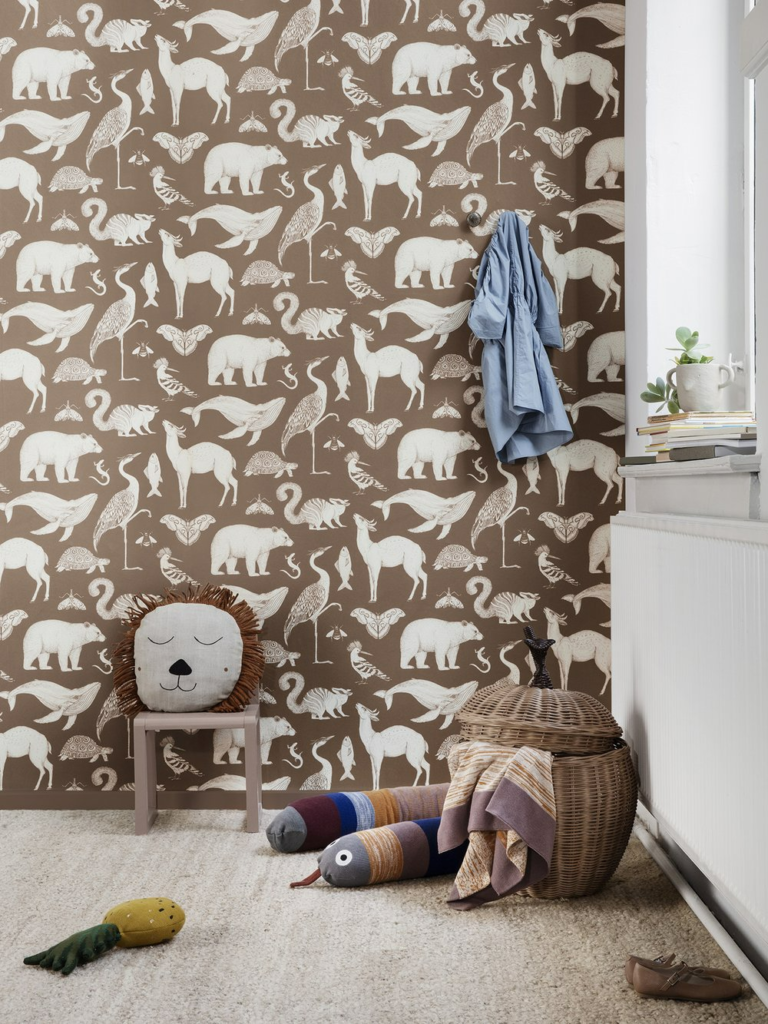
6. Reduce, Reuse, Recycle:
Embrace the three R’s of sustainability throughout your interior design journey. Before making any new purchases, evaluate if you can repurpose or refurbish existing items. Seek out vintage or antique pieces that can add a unique touch to your home while reducing your environmental impact. When it’s time to dispose of items, explore recycling options to ensure that materials are properly handled and reused whenever possible.


7. Smart Energy Management:
Incorporating smart energy management systems can make a significant difference in reducing energy consumption. Install programmable thermostats, smart power strips, and motion-sensor lighting to optimize energy efficiency. These technologies allow you to control and monitor your energy usage, reducing wastage and lowering your utility bills.
Conclusion:
Creating an eco-friendly home through sustainable interior design practices not only benefits the environment but also enhances your well-being. By choosing natural materials, energy-efficient lighting, indoor plants, low VOC paints, sustainable furniture, and adopting smart energy management, you can transform your living spaces into a harmonious sanctuary while minimizing your carbon footprint. Remember, small changes can make a big impact, so start incorporating these sustainable interior design ideas today and pave the way for a greener future.



